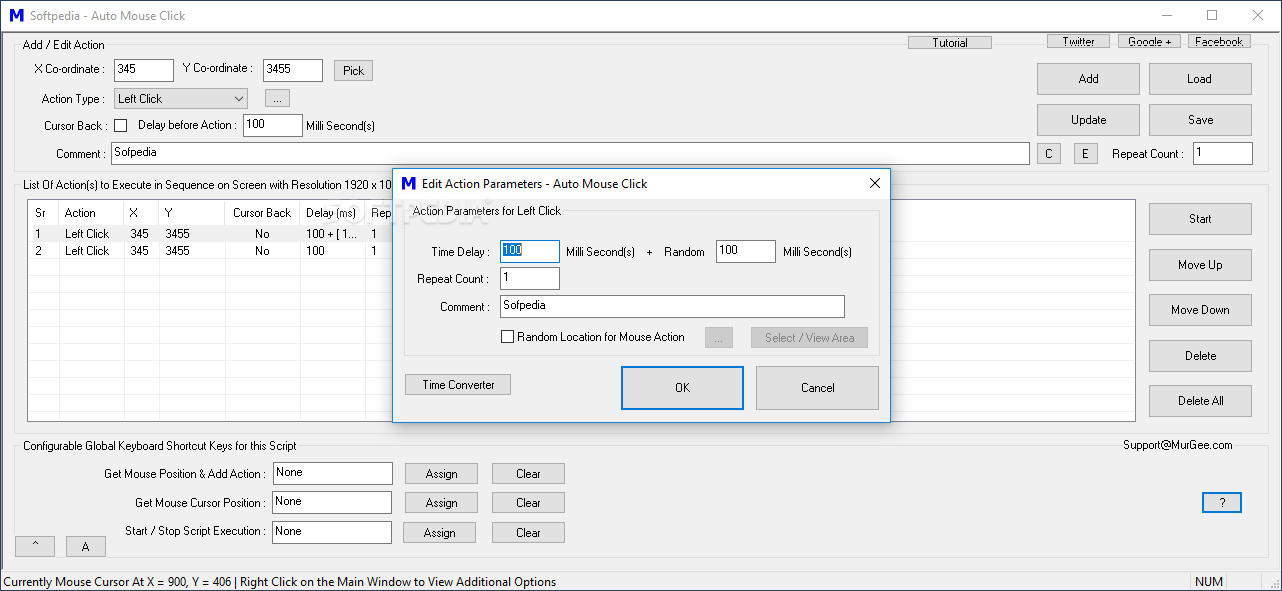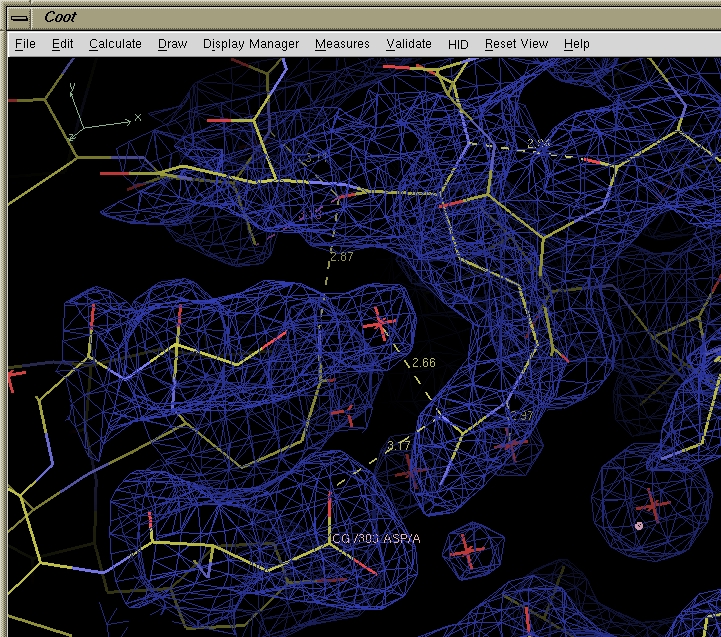


Our approach is broadly applicable, as demonstrated in cultured cells, Drosophila olfactory organ and mouse brain. Here, we developed an approach that overcomes these limitations it enables genetically labeled, cryofixed samples to be characterized with SBEM and 3D CLEM. Consequently, these powerful methods cannot be applied to address questions requiring optimal morphological preservation. In addition, it is challenging to perform correlated light and electron microscopy (CLEM) with cryofixed samples. However, the applicability of cryofixation is limited by its incompatibility with diaminobenzidine labeling using genetic EM tags and the high-contrast en bloc staining required for serial block-face scanning electron microscopy (SBEM). Cryofixation by high-pressure freezing offers optimal morphological preservation, as it captures cellular structures instantaneously in their near-native state. Electron microscopy (EM) offers unparalleled power to study cell substructures at the nanoscale.


 0 kommentar(er)
0 kommentar(er)
